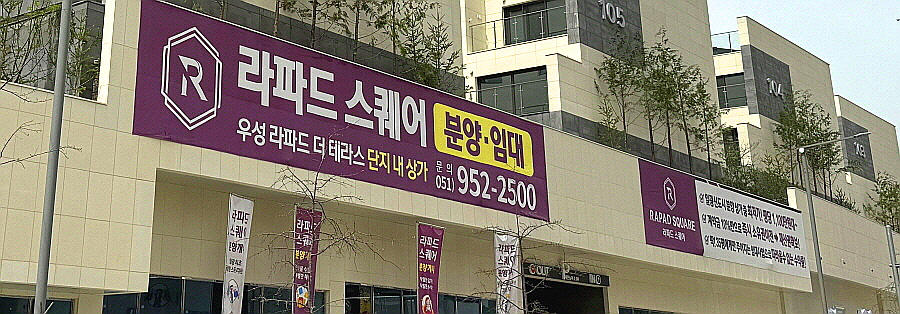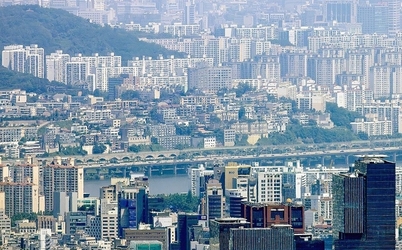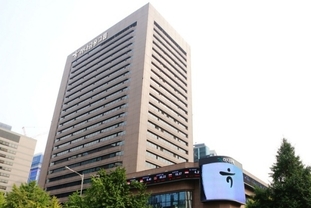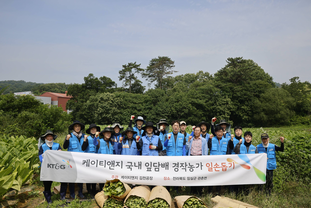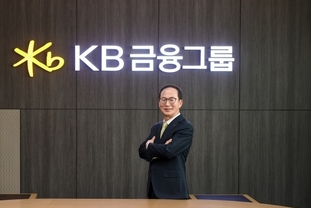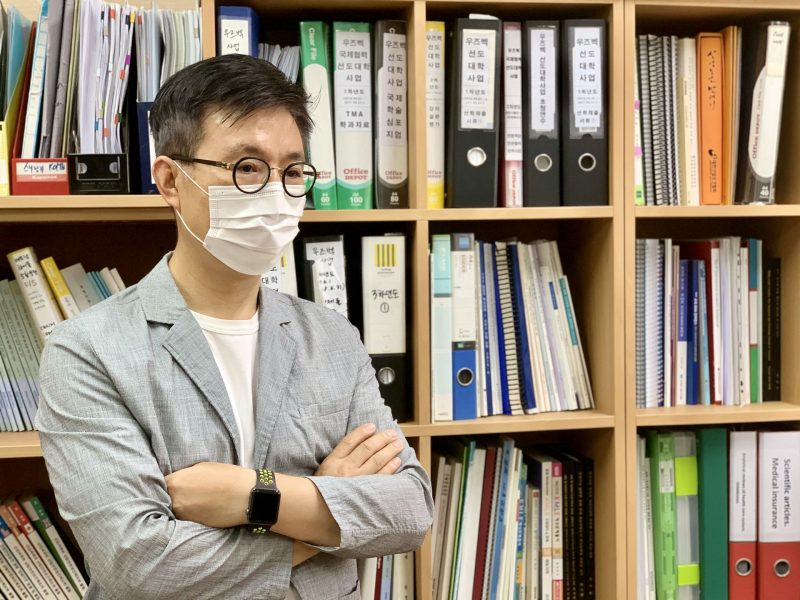
iN THE NEWS Reporter Jiyoung KWON | On January 20, the new coronavirus disease (hereafter COVID-19) arrived in South Korea. COVID 19, which was compared with swine flu (H1N1) or MERS (Middle East Respiratory Syndrome), spread rapidly, and the daily confirmed cases rose rapidly and reached a peak of 909 on February 29.
In particular, as the COVID 19 group infection began and the number of confirmed cases increased exponentially, a campaign called “social distancing” began, and going outside became a frightening thing. The South Korean government was relatively successful in their “4T” measures (Testing, Tracing, Treating, and Trust), but COVID-19 is still coming in through the cracks in our society.
In some cases, people hide themselves for fear of social discrimination, making them more at risk from infectious diseases. For this reason, some people are saying that the more the Corona 19 continues, the more the government should pay attention to ‘careful quarantine’ to find hidden places.
South Korea was able to put up a relatively good defense, but many major powers such as the United States are still experiencing a rise in cases that are comparable to a 2nd wave. The number of confirmed cases in the world has reached 11 million, and the number of deaths has exceeded 540,000.
Seven months have passed, but fears of COVID 19 remain, and most airlines are not resuming operations. Although no one can give us an answer at this point, the question of “When will the COVID-19 pandemic be over?” is on everyone’s mind.
I have talked with Professor Kisoo PARK at Korea University (College of Medicine, Institute for Environmental Health), who is the first speaker at the “2nd iNdividual Survival Strategy Forum 2020: How to Survive In The Post-Coronavirus Era?” hosted by iN THE NEWS on September 2, on the topic of COVID19. Professor Park is a public health expert with direct experience with MERS in the government, and he is currently helping with the assessment of preparedness against the emerging infectious diseases of the World Health Organization (WHO).
Before this, Professor Park worked as a reporter who had his start at Yonhap News to other news outlets such as EDAILY and Hankook Ilbo, before being selected as the deputy spokesperson (Public Relations Officer) at the Ministry of Health and Welfare in 2011. Later, he served as the first spokesperson (Crisis Communication Officer) after the head of KCDC was promoted to the vice-ministerial-level position.
What is the biggest change that occurred since the COVID-19 outbreak?
“I personally received lots of [COVID-19 related] broadcast and contribution requests. I’ve been quite busy. I’ve been doing interviews with public TV networks in Yeouido and Sangam-dong, comprehensive programming TV channels and news channels located in Gwanghwamun, radio programs. I also gave lectures and contributed articles. I think the media believe that I have a more practical understanding of the current situation because I worked as the deputy spokesperson of the Ministry of Health and Welfare during the 2015 MERS outbreak. Thanks to this, I had an opportunity to provide a more realistic explanation to everyone.
In addition to my practical experience, health, economics, communication, etc. are my major fields, so I think I can provide a more human-centered explanation to the current situation because I studied the aforementioned subjects comprehensively.
Since I’m a teacher, teaching students is very important. Also, due to COVID 19, I had to give online lectures throughout the first semester, and I feel very sorry that I couldn’t communicate well with the students. And since I was unable to meet my students, I felt like I was giving a lecture to a blank wall. It was difficult and frustrating for me as a lecturer, and the students have also said that it was hard for them as well because they weren’t able to get the necessary feedback. I just hope that this situation will improve next semester.
In terms of the public, I think the nation’s fear is probably the biggest change. Since COVID-19 is an EIDs (Emerging infectious diseases), I think people are more anxious about the disease due to a lack of information. Even though something might be very fearful, it’s natural to feel less afraid when you know about it. Fear of the unknown is a good way to describe this situation.
If you look at past cases, diseases that are transmitted from animals to humans were not common. There were SARS in 2003 and MERS in 2015, and both were diseases that were transmitted from animals (rats, cats, camels) to human beings. Because these diseases cross over between species and keep mutating, they’re very unpredictable. And because they are new, information keeps changing and fear continues to grow.”
How does the academic world predict the COVID-19 situation? What do you think is the biggest reason that contributed to the rapid spread of COVID-19?
“There is a difference in opinions in the academic world regarding COVID-19. It’s difficult for me to speak on behalf of the entire academic society, but the medical or public health sector seems to agree that this was something that would happen someday. SARS, the swine flu, MERS, COVID-19, and other diseases that are transmitted between species occur when human beings invade nature (including animals) during the process of exploring or expanding into new territory. We get a new infectious disease during this process. It’s a negative example of give and take.
The black plague or Spanish flu from the past led to many deaths in proportion to the general population, but the situation was different from today. This is the first time in human history that a disease has spread so quickly across the entire world in less than one year. There have been remarkable advancements in mobile technology in the last 100 years. We had 90,000 or more commercial planes flying through the sky a day.
We could hop on a plane and travel anywhere in the world in less than 24 hours, so it’s only natural that a virus in our bodies can spread even faster than before. COVID-19 has originated in Wuhan, China, but it spread to nearby countries such as Korea and Japan, then to New York in the United States, Paris, France, and Italy through airplane hubs and gradually made its way to South America (Brazil) and even Africa.”
Even though it’s so unpredictable, when do you expect the COVID-19 pandemic to settle down?
“There’s a term called the basic reproduction number (R0; the number of secondary infections produced by one infected individual), which measures the transmission potential of a disease. The basic reproduction number of the flu is estimated at 1.3. To put it simply, 10 people with the flu can infect 13 people. The WHO reports that the basic reproduction number (R0) of the COVID-19 virus is at around 2–3.
One confirmed patient will spread it to three people, and three people will spread it to 9 people, 9 people will spread it to 27 people, and so forth; it spreads extremely fast and lasts a long time. Although we can’t change the characteristics of a virus, we can prevent further infections by wearing a mask, washing our hands, and avoid meeting in person as we are doing down. On the other hand, since we don’t have a proper treatment method or vaccine yet, failure to follow these personal hygiene practices can lead to further spread of the disease at any time.
It’s important to test people for COVID-19 arriving from overseas even if they don’t have any symptoms and enforce a 2-week quarantine, just like we’re doing right now in South Korea. Investigations have shown that the number of COVID-19 cases entering from overseas is only about 20 people, and this is the result of strenuous effort. But as soon as we let our guard down, the virus will immediately wreak havoc.
I was asked when COVID-19 will end during an interview with KBS in February. At that time, the number of confirmed cases was just over 1,000, and everyone thought it was ending. I answered, “This may be the beginning.” People might have thought my answer was an exaggeration. However, given the infectious power of the virus, which persists in any season, this situation seems to continue.”
Social distancing seems fine, but as this situation is prolonged, there is a lot of concern about economic deterioration. There should be a measure that allows us to continue our economic activities while wearing a mask. What do you think?
“This part is a dilemma. From the standpoint of health protection, in other words, from a health perspective alone, a decline in economic activities is inevitable. However, in order to stimulate the economy, people need to do a lot of economic activity, but in that case, public health is concerned. We can focus more on the economy, like other countries such as the United States. It’s a matter of choice.
First of all, if we take a risk assessment for COVID 19 at present about seven months after the outbreak, it is a disease that has a higher mortality rate and faster infectivity than influenza (flu). Therefore, we need to talk about whether we should prioritize economic activities or put more focus on public health through a public discussion between the government authorities and people. Until we have a treatment and vaccine, I think it’s important for us to continue our economic activities while following rules such as wearing a mask.
In order to revitalize the contactless economy, we need to think about how we should move forward while maintaining connectivity and mobility, which are part of human nature. We can make up for the decline in offline connectivity due to social distancing by connecting through smartphones, and we can use video-chat to solve mobility issues. However, I want to define contactless (non-face-toface) as “people meeting in a different way” rather than “people not meeting each other.”
How do you think the way we meet people will change as the COVID-19 pandemic continues for a long time? Can you give us an example?
“This is just my opinion, but I think we need to prepare an urban engineering way of thinking that can minimize infectious diseases in the long-term. For example, we need to create a society with reduced face-to-face activities (touching). If we think about the number of times we had to touch something on our way to this cafe for an interview, we can also think of ways to reduce minor contacts in our life. For example, we can set up a foot pedal on a door or a bathroom door.
When we’re ventilating the air, we can think of ways to sterilize the viruses in the air before sending the air back out instead of simply circulating the air, or we can think about how to block or change the flow of wind in the air. When we build a city, I believe it is right to establish the city by examining whether it is vulnerable to infectious diseases, instead of just following the principles of economic feasibility. When reorganizing the city, I think it is necessary to prepare and plan from the perspective of preventing infectious diseases. In the end, it’s a new type of investment.
We shouldn’t think of it as a burden, but rather think of it as creating jobs in this field. If we build cities by taking infectious diseases into consideration, there will be people who conduct research, which is connected to creating jobs. It’s important for the government to actively support these endeavors.
Any government can tell people to wear a mask or wash hands often. That’s at the lower end of politics. I believe the role of the government is to build an infrastructure that can prevent infectious diseases even if the people don’t wear masks or wash their hands. This is at the higher end of politics, which is an active administration that is demanded by the people and the era.
The nation and medical professionals are growing weary since COVID-19 is protracted than expected. What do you think are some good and bad government measures that were taken in response to COVID-19?
“We learned a lot through experiencing MERS in the past. It was already covered in the news. However, I think the government did an excellent job with developing COVID-19 test kits so quickly to test people who are at high risk of infection, establishing self-quarantine guidelines, and quickly conducting epidemiological surveys all at the same time. Unlike with MERS, all sorts of information was provided to the nation quickly, accurately, and with transparency, making the government reliable.
Particularly, Korea is also second to none when it comes to epidemiological surveys backed by scientific technology. Epidemiological surveys were based on verbal questions and answers in the past, but there were cases where people lied, or their memories were distorted. Today, epidemiological surveys are conducted through smartphone GPS tracking, CCTV footages, credit card records, etc. and it’s very impressive.
One more thing to note is that COVID-19 raised civic awareness. There were so many cases where people knew that they should wear a mask when using public transportation or in a public location in an effort to be considerate of others. From this aspect, I think people should be proud of themselves.


